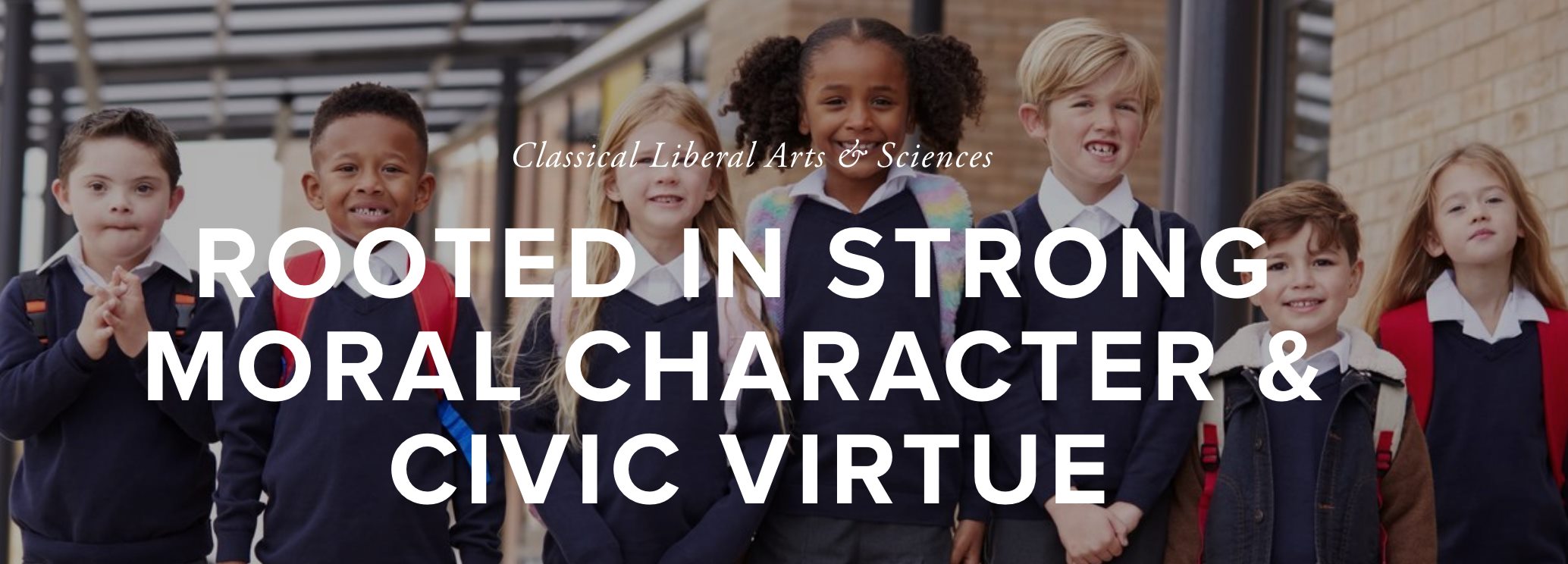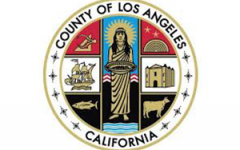
Orange County Classical Academy. (Photo: OCCA.org)
Orange County Classical Academy Excels Despite COVID
‘We now have our eye on opening additional schools’
By Edward Ring, December 2, 2020 2:30 am
When the COVID-19 pandemic struck hard back in April 2020, California’s teachers’ unions went into overdrive. The United Teachers of Los Angeles (UTLA) released a lengthy document outlining what they believed to be “Safe and Equitable Conditions for Starting LAUSD in 2020-21.”
In a report published by the California Policy Center that same month, Larry Sand explained the deal struck between the school district and the UTLA:
“The deal engineered by UTLA boss Alex Caputo-Pearl requires teachers to provide instruction and student support for just four hours per day and also to ‘host three office hours for students’ every week. So instead of a 40-hour work week, teachers in L.A. only have to be available for 23 hours. Additionally, teachers can create their own work schedules ‘and not be required to teach classes using live video conferencing platforms.’”
The consequences of deals like this on the lives of California’s public school students, especially those in low income communities, has been disastrous. But there is an alternative.
The Orange County Classical Academy (OCCA), a new charter school that was approved to operate in a 4-3 vote by the board of the Orange County Unified School District back in January, opened its doors this fall to 360 elementary school students. As described in a report published by the California Policy Center in July, it was evident that this school was going to be no ordinary charter school. But how have things progressed, now that the school has been in session for three months?
To answer this, I recently spoke with the co-founder and board chairman of the Orange County Classical Academy, Dr. Jeff Barke, a practicing primary care physician and former 12-year elected school board member for the Los Alamitos Unified School District. He immediately confirmed that, unlike LAUSD, their school had opened on schedule with in-person instruction. Compliant with all COVID mandates including wearing masks, Barke said “the school is full with 360 kids and we still have a waiting list of another 200.” While the school offers distance learning as an option, only a few parents have made that choice for their children.
An immediate question with respect to in-class instruction is whether or not there were outbreaks of COVID infections. Barke was unequivocal on this, stating “out of 360 kids we only had one kid test positive and they had very mild symptoms. We have had zero teachers or staff test positive. All persons entering the school are asked about symptoms and temperature checked. Our classrooms and school are routinely and thoroughly cleaned and sanitized. Hand washing stations are located throughout the school. Testing is offered to all teachers and staff.”
As a charter school OCCA receives public funds, but their per-student-remittances are less than what traditional public schools receive. Parents of public school children enrolled in LAUSD and other closed or partially closed school districts should ask why OCCA can safely open for in-class instruction, but their schools cannot. This distinction, while huge, is only one way OCCA is different from a typical public school in California.
What truly differentiates OCCA is their instructional approach. They have thrown away recent “innovations” such as Common Core and returned to traditional methods of teaching reading and math. For guidance they have licensed the curriculum and teacher training programs created for K-12 charter schools by Hillsdale College, a program that is used so far by 24 charter schools in ten states. The Hillsdale curriculum offers a fascinating alternative to progressive education, based on classical education techniques perfected over centuries.
For example, the curriculum architecture is defined by the “Trivium,” which consists of grammar, logic, and rhetoric, and the “Quadrivium,” which consists of arithmetic, geometry, music, and astronomy.
How these concepts translate into practical instruction is not all that complicated. The Trivium encompasses subjects in the human sphere such as history, where the grammar phase emphasizes memorization, the logic phase teaches how memorized facts fit together, and the rhetoric phase teaches students how to express and evaluate facts and logic.
The Quadrivium focuses on subjects in the natural world, where arithmetic teaches about numbers, geometry teaches about numbers in space, music teaches about numbers in time, and astronomy teaches about numbers in time and space. These unifying concepts, which date to teaching methods employed in ancient Greece, offer students a way to consider in a very early and very profound way who they are in relation to the world.
The advantages of memorization should be obvious, despite being deemphasized in modern progressive curriculums. OCCA students learn the multiplication tables by heart, something all students used to do, a skill that will benefit them for the rest of their lives, and a process that naturally leads to students developing the numerical intuition that Common Core so clumsily leapfrogs to without requiring traditional memorization.
It is only a few months too early to see how the OCCA students perform on standardized achievement tests, but parent feedback has been overwhelmingly positive. For example, and again dodging Common Core for more time-tested approaches, students learn to read by memorizing the phonetics of the most common syllables. Parents have reportedly been astonished at the sudden rapid progress in the reading ability of their children.
Establishing OCCA wasn’t easy. It was approved in a narrow vote by the local school board, over the strenuous objections of the teachers’ union. The fact that OCCA is non unionized, with a generous 401K plan instead of belonging to CalSTRS, represents a threat to the union grip on public education in California. The school’s rejection of progressive education in favor of a classical education also represents a threat to the teachers’ union, a threat that will greatly increase if the school delivers academic outcomes that surpass the performance of traditional public schools.
Once OCCA began operations, Barke said various types of intimidation began, although to-date it is impossible to prove who is behind it. “We have people driving by our school raising their middle finger out the window during pickup and dropoff,” he said, “we had someone on a motorcycle without a license plate on it stopping by and video taping our school, trying to find evidence of a COVID violation.”
The question everyone interested in the welfare of California’s children should be asking, however, is not what the impact of a truly innovated, non-unionized public charter school might have on the future of the teachers’ union. The relevant question is do the practices being pioneered at OCCA work? In terms of educational outcomes, do they offer a significant improvement over traditional public schools? The beauty of charter schools, or, in a perfect world, school vouchers, is that parents can choose from an assortment of educational options, and the ones that are successful can be replicated and the ones that fail go out of business.
To the future of OCCA and classical education, Barke only had this to say: “We now have our eye on opening additional schools.”
- Ringside: CA GOP Just Blew $46 Million for Nothing – Here’s How They Can Avoid Repeating That Mistake in 2026 - December 24, 2025
- Ringside: Will the Delta Pumps Operate at Capacity this Winter? - December 18, 2025
- Ringside: Will Advocates for More Water Supply Projects Find Unity? - December 11, 2025




